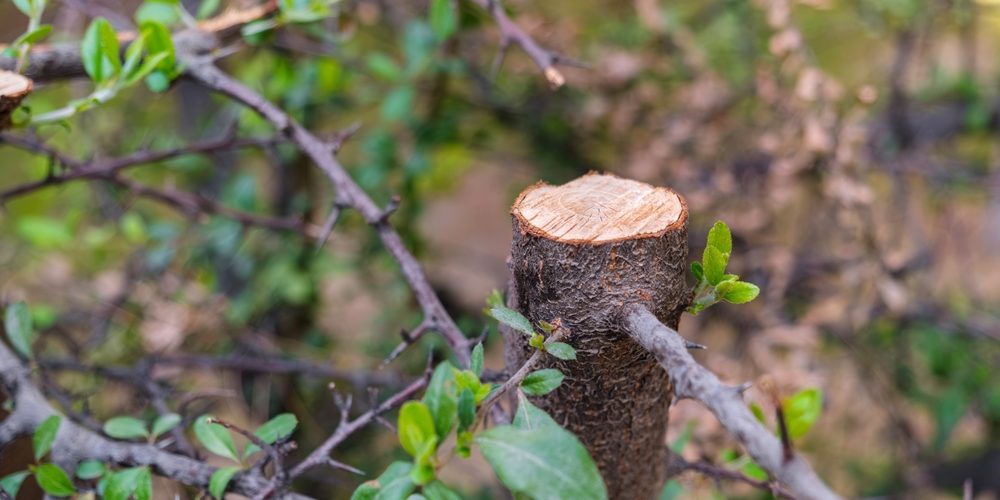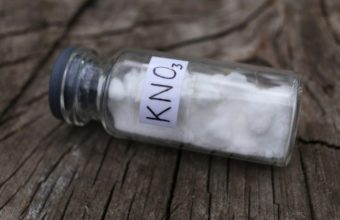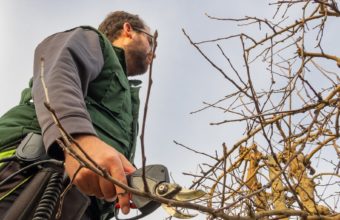Bad tree pruning can result in negative consequences for the tree’s health and appearance.
Here are examples of bad tree pruning…
- Topping – Topping is one of the most harmful pruning practices. It involves indiscriminately cutting off the upper branches and stems of a tree, often leaving stubs. This severely reduces the tree’s ability to photosynthesize and produce food, leading to stress and weakened structure. Topped trees often develop multiple weakly attached branches that are susceptible to breaking, and they can become hazardous. Topping can also result in an unsightly appearance with the regrowth of numerous small branches known as “water sprouts.”
- Lion’s Tailing – Lion’s tailing is the practice of removing too many inner branches and foliage, leaving only a tuft of leaves at the ends of branches. This type of pruning reduces the tree’s ability to support its weight and can make it more susceptible to wind and storm damage. It also disrupts the natural balance of the tree’s canopy and can lead to sunscald and disease susceptibility for the remaining branches.
- Over-Thinning – Over-thinning occurs when too many branches are removed from the tree, often to reduce its size or density. While some thinning is necessary for light penetration and air circulation, excessive thinning can stress the tree and result in a sparse, unattractive appearance. It can also expose the tree’s bark to harsh sunlight, leading to sunburn.
- Flush Cutting – Flush cutting is the practice of cutting branches too close to the trunk or parent limb. When branches are cut in this manner, it can damage the tree’s natural protective mechanisms, leading to decay and the potential for insect infestation. Proper pruning should involve making cuts just outside the branch collar or branch bark ridge.
- Improper Timing – Pruning at the wrong time of year can also be detrimental to a tree. For example, pruning during the growing season when leaves are actively photosynthesizing is generally not recommended, as it can stress the tree. Some tree species have specific pruning requirements. Understand the tree’s growth habits and the best time to prune.
Bad tree pruning practices can weaken the tree, reduce its lifespan, make it more susceptible to diseases and pests, and negatively impact its aesthetic value. Consult with a certified arborist or a professional tree care service to ensure that proper pruning techniques are employed to promote the tree’s health and longevity.






